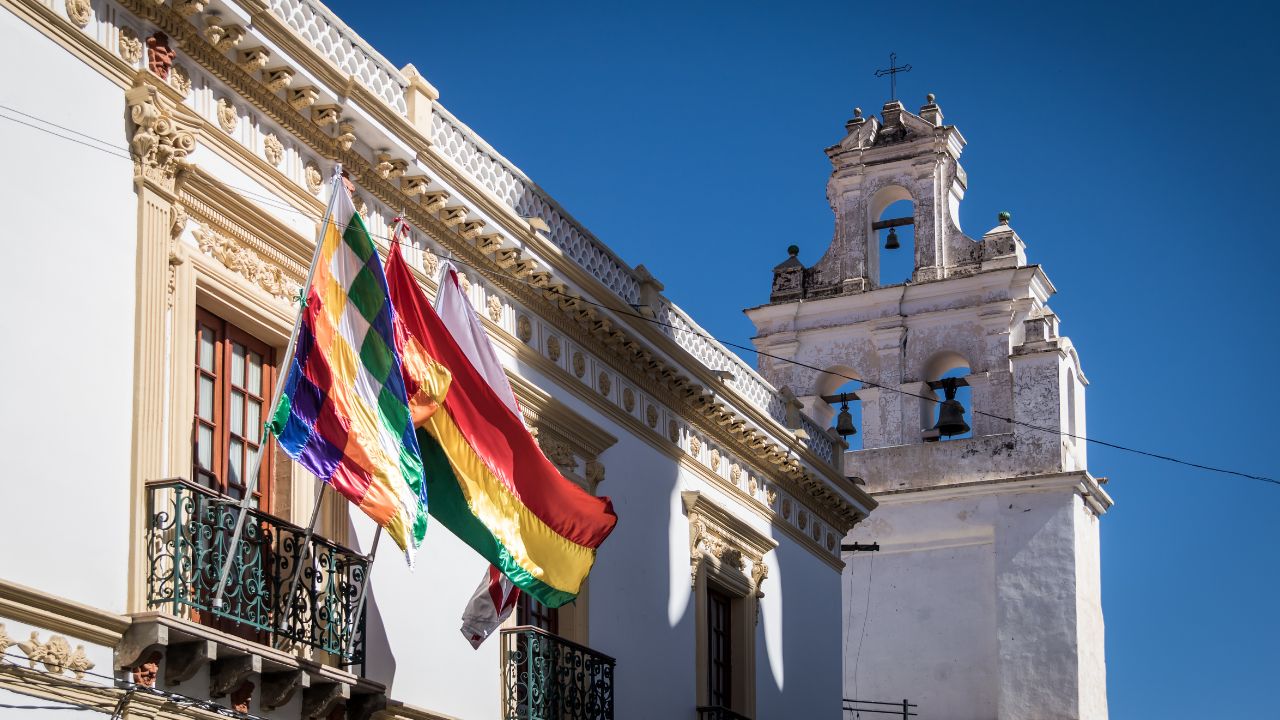Date first published: 26/08/2025
Key sectors: all
Key risks: political stability; governance; policy uncertainty; economic
Risk development
On 17 August centrist senator Rodrigo Paz of the Christian Democratic Party (PDC) led the presidential election with 32.18 per cent, followed by conservative former president Jorge ‘Tuto’ Quiroga of the Alianza coalition with 26.94 per cent. The ruling Movement for Socialism (MAS) party’s official candidate, Eduardo del Castillo, trailed with just 3.16 per cent – narrowly above the 3 per cent threshold set by the electoral court for a party to remain eligible. Preliminary results suggested MAS also lost almost all its congressional representation, going from two-thirds majorities in the past to now only one member of the lower house and no senators. Businessman Samuel Doria Medina conceded and pledged to back Paz in the runoff, after pre-election polls had placed him and Quiroga ahead of Paz. A runoff between Paz and Quiroga is scheduled for 19 October.
Despite boycott calls from former president Evo Morales, international observers reported no major issues, apart from minor incidents in Morales’ stronghold, Cochabamba department. Null and blank ballots, however, surged to 21.5 per cent, compared with the usual under 6 per cent, reflecting protest votes encouraged by Morales.
Why it matters
The result marked the collapse of MAS, which has governed the country for nearly two decades. Voters turned away from the party amid the country’s worst economic crisis in 40 years, with inflation reaching 25 per cent in July, fuel and dollar shortages and falling living standards. Frustration over corruption scandals, authoritarian tendencies, controversial projects and the bitter power struggle between Morales and outgoing President Luis Arce also contributed to the widespread rejection of MAS at polling stations. The outcome represents a decisive ideological shift away from leftist populism and state-led economics toward more market-oriented or centrist-right policies. Investors responded positively, with the country’s bonds rising on hopes of IMF support and greater debt stability under a post-MAS government.
Background
Founded in the late 1990s, MAS rose to prominence under Morales, the country’s first indigenous president, holding office from 2005 to 2019. The party built support by nationalising natural gas and funding social programmes that reduced poverty – especially in marginalised areas – and empowered indigenous communities. Its base has traditionally included rural farmers, transport workers, artisans and the urban Aymara middle class. MAS thrived during the gas-export boom, but falling revenues, economic mismanagement, inflation, fuel shortages and a collapse in foreign reserves eroded support. Morales’ legal troubles and exclusion from the presidential race further weakened the party.
Paz’s lead came as a surprise as polls had placed him significantly behind other candidates. He benefited from a strong debate performance as well as his choice of running mate, former police captain Edman Lara, who gained national popularity through social media by exposing corruption and connecting with everyday voters. Lara’s visibility and charisma helped boost Paz’s campaign, attracting support from voters disillusioned with MAS.
Risk outlook
The election ends 20 years of MAS hegemony and ushers in an uncertain new cycle. Paz is widely expected to win the runoff, amid voter caution about a sharp rightward shift under Quiroga. Regardless of who wins, the next president will face a highly fragmented Congress with roughly seven blocs. The vice president and congressional party leaders will be key to building consensus and passing reforms to stabilise the economy and restore public trust. Thus, the next government must embrace pragmatic coalition governance or risk deadlock, while marking the end of the Morales era and shifting toward more market-oriented policies.

